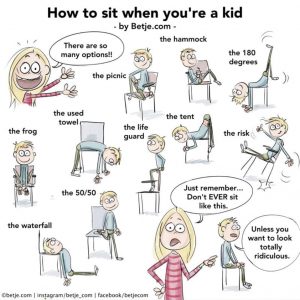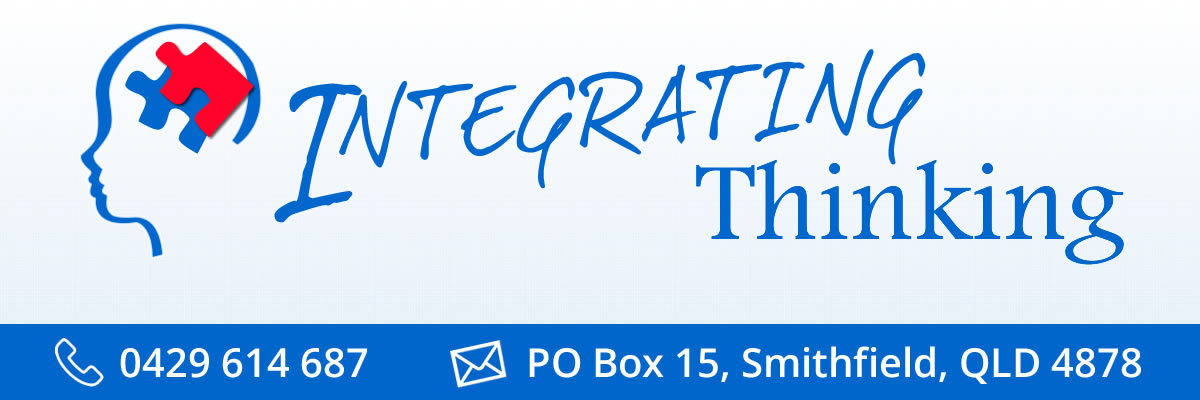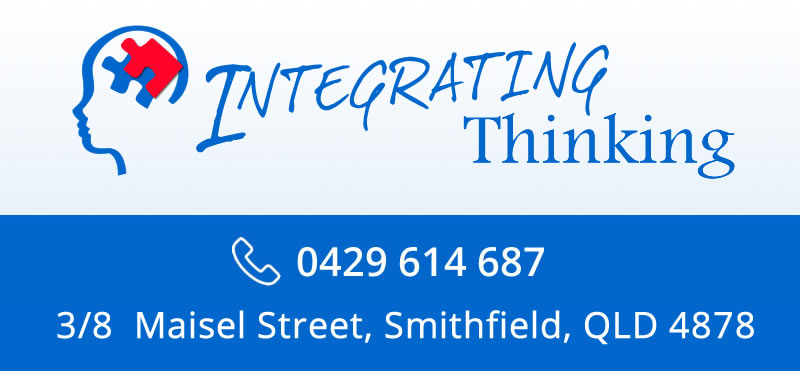About Neuro-Motor Immaturity
Learning begins with movement: Reflex movement.

From the moment we are born our body begins to respond to our environment and learns to adapt and survive within that environment. We learn and change from a baby requiring complete support to become free-standing, independent individuals who can walk, talk and interact with our environment in many different ways.
The first responses we have are reflex actions enabling us to feed, hold on to things, gain muscle control and improve our balance and co-ordination in life. Our visual, balance, auditory, proprioceptive, tactile and interoceptive systems are primed, trained and improved through our early reflex actions which are foundational for learning and function.
The reflexes we are born with are called primitive reflexes. Their role is to assist the birth process and help us survive the first few months of life in our world. As an infant’s brain develops, connections to higher centres in the brain are formed and take greater control of body movement, posture, balance and co-ordination. Once the primitive reflexes have completed their developmental tasks, they should be replaced by more mature patterns of response known as postural reflexes.
Neuro-Motor Immaturity (NMI) can occur when the primitive reflexes are not fully integrated into the normal pattern and sequence of development (i.e., they remain immature) and postural reflexes are not fully developed. This can result in children experiencing difficulty sitting still, developing co-ordination and body control, developing fine motor skills, developing adequate eye control and visual function to assist learning tasks including reading, writing and comprehension and other challenges.
This physiological basis for learning difficulty can cause frustration and an inability to comply with many of the requirements of a standard schooling experience. It can interfere with concentration, memory and perception of information. Some children may be hypersensitive to sound or visual stimulation, unable to exclude irrelevant data and information and are therefore easily distracted.
NMI in the classroom (and/or at home), can look something like the child in this cartoon by betje.com: 
![]()
To see if the INPP method may be useful for your child, click on the link to complete the Child Screening Questionnaire:
The INPP method, developed by the Institute for Neuro-Physiological Psychology in the UK, helps address difficulties associated with Neuro-Motor Immaturity. A clinical assessment process is used to determine an individualised movement and therapy programme to meet the reflex and sensory developmental profile of the child (or adult) seeking assistance. Regular assessments are conducted over the duration of the programme to review maturation of the neuro-motor and sensory systems and help mature those systems.
TRAINING OPPORTUNITIES:
In addition to one-on-one consultations and learning programs with clients, Integrating Thinking also provides training in the INPP method.
Training options include:
- training for educators interested in providing school-based programmes to assist with neuro-motor readiness for students
- training for health care professionals interested in screening for neuro-motor immaturity using the INPP Screening Test
- one year post-graduate programmes for practitioners using the INPP method.
See our “training pages/tab” for more information or, use the contact form to inquire about programmes available.
Dr Christine Payard (PhD) of Integrating Thinking is the official training provider for INPP in Australia and INPP Australia’s Principal practitioner providing support to Australia’s INPP Licentiate group of practitioners.



